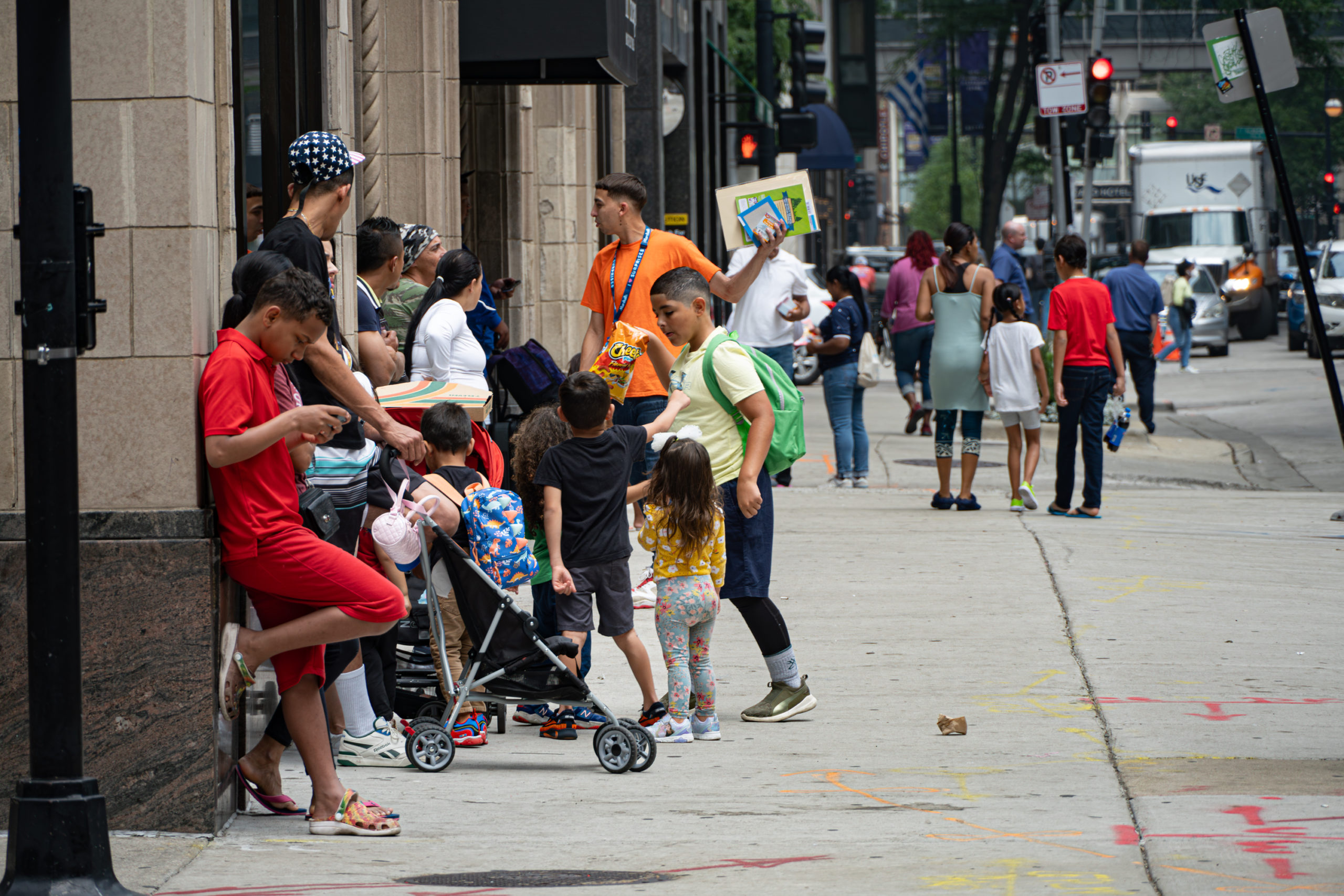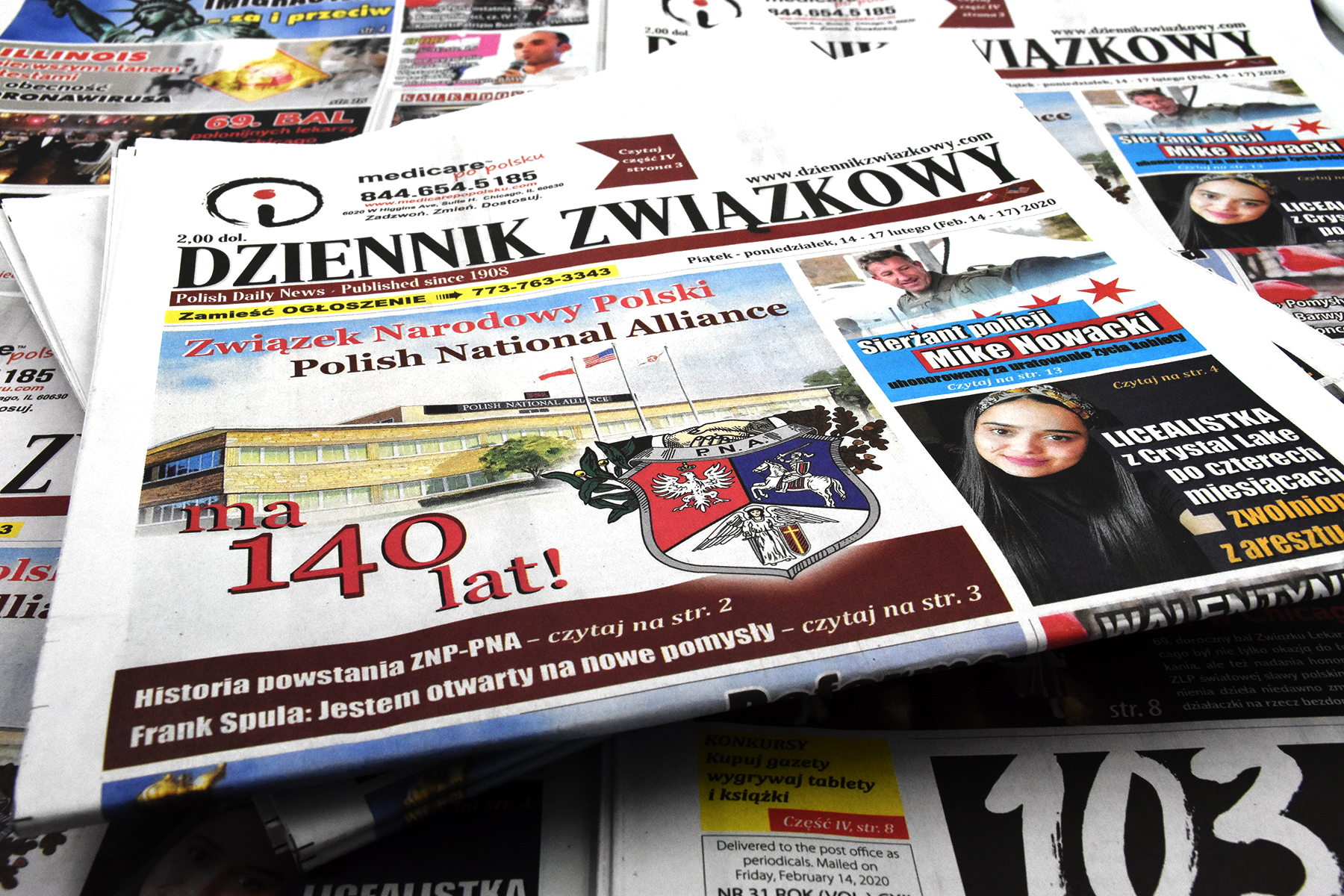Tennessee photographer documents pandemic with video chat screenshots
Kathleen Greeson had been photographing her brother’s recovery from attempted suicide for nearly a year when the coronavirus pandemic confined them each to their homes in Tennessee and Georgia. In trying to find some way to continue her work from a distance, Greeson found the basis for her “Safe at Home” documentary series: video chat screenshots.
“I just felt like I needed to do something to document this time in history,” said Greeson, a freelance documentary photographer based in Signal Mountain, Tennessee. “I felt like it was going to be really important when we looked back on it one day. It just popped in my head that if I could photograph him through the phone that I could probably photograph other people.”
She started with close family and friends and has expanded to include people she’s never met. Greeson’s “Safe at Home, a Documentary Portrait Project” has grown to 150 “individuals, couples and families” on nearly every continent.
“I’ve never worked on a project that was so universal,” she said. “Lockdown looks the same in Italy and South Africa as it does here in Tennessee.”
Greeson started capturing images on Facebook Messenger, FaceTime and Whatsapp beginning in March. Her documentary portrait project has since grown into a digital time capsule, preserving a diverse array of lifestyles during the COVID-19 pandemic.

Holly Pickett, a fellow photojournalist, was one of her subjects. Former coworkers at the Chattanooga Times Free Press, Greeson and Pickett have known each other for nearly 20 years.
“I’m not used to being on that side of the camera,” said Pickett, who lives in New York City. “It’s interesting, as an image maker, trying to think outside the box and trying to think of new ways of telling stories, especially using technology and using these communication tools that we have.”
After setting an appointment with a subject, Greeson has them place the camera in different areas around the living space so she can decide what location looks most photogenic and where the best lighting is. Phones, tablets and computers are propped where they need to be, and the photos are made.
Bay Fang, president of Radio Free Asia, was an exception. With a three-year old and an eight-month old at home, timing and posing for pictures was difficult.
“One of my kids would be screaming, or the three-year old definitely didn’t want to be sitting still and engaging with some stranger over the iPad,” said Fang, who lives in Washington, D.C.. “But it just happened to be Mother’s Day — which was actually my bargaining chip to get my husband to do it too — and it just happened that it was a beautiful day. … It was nice because the way she worked was very non-invasive. I set up the iPad, and we kind of just did what we would have been doing anyway.”
The three-year old, who was originally apprehensive about the posing process, saw the iPad was there but kept on playing with a tub of water he’d been preoccupied with, she said.
After the photos are taken, a select few — typically only one for each household — are chosen to be laid out on Greeson’s website in a grid format. At first, she chose the grid format because, with the photos being screenshots, some came out blurry or out of focus, but she ended up liking the grouping for its sense of unity.
“They’re screenshots, so they’re not all amazing technical photos,” she said. “I also thought they looked interesting together — that we could be in so many different places, all basically doing the same thing.”
Pickett said Greeson is doing important work in documenting the history of this unprecedented time.
“It’s a special moment in time,” Pickett said. “It’s really important to document, and it’s really challenging to document.”
Fang said Greeson’s journalistic view of the quarantine, documenting it as a piece of history with “beautiful portraits,” was interesting to see.
“I think the limitations of how you need to work when everyone is at home and you can’t physically be engaged with your subjects face to face is an interesting one for a photographer,” she said.
With countries easing restrictions and lifting lockdowns around the world, quarantines could potentially soon be a thing of the past, but that only means the possibility of a new beginning for the “Safe at Home” project. Greeson plans to create a gallery and a book featuring the photos.
“It connected people, even just being part of the project,” Greeson said. “One of the most common comments I had was, ‘Wow, I feel better just knowing I’m not the only one that feels this way,’ or, ‘the only one just sitting in my house looking out the window.’”
Summer Hoagland-Abernathy is a journalism and playwriting B.A. student at Columbia College Chicago, where, after a year as a copy editor, she will take over the Opinions Editor position at the school’s newspaper The Columbia Chronicle in fall 2020. Follow her on Twitter @shoaglanda.

